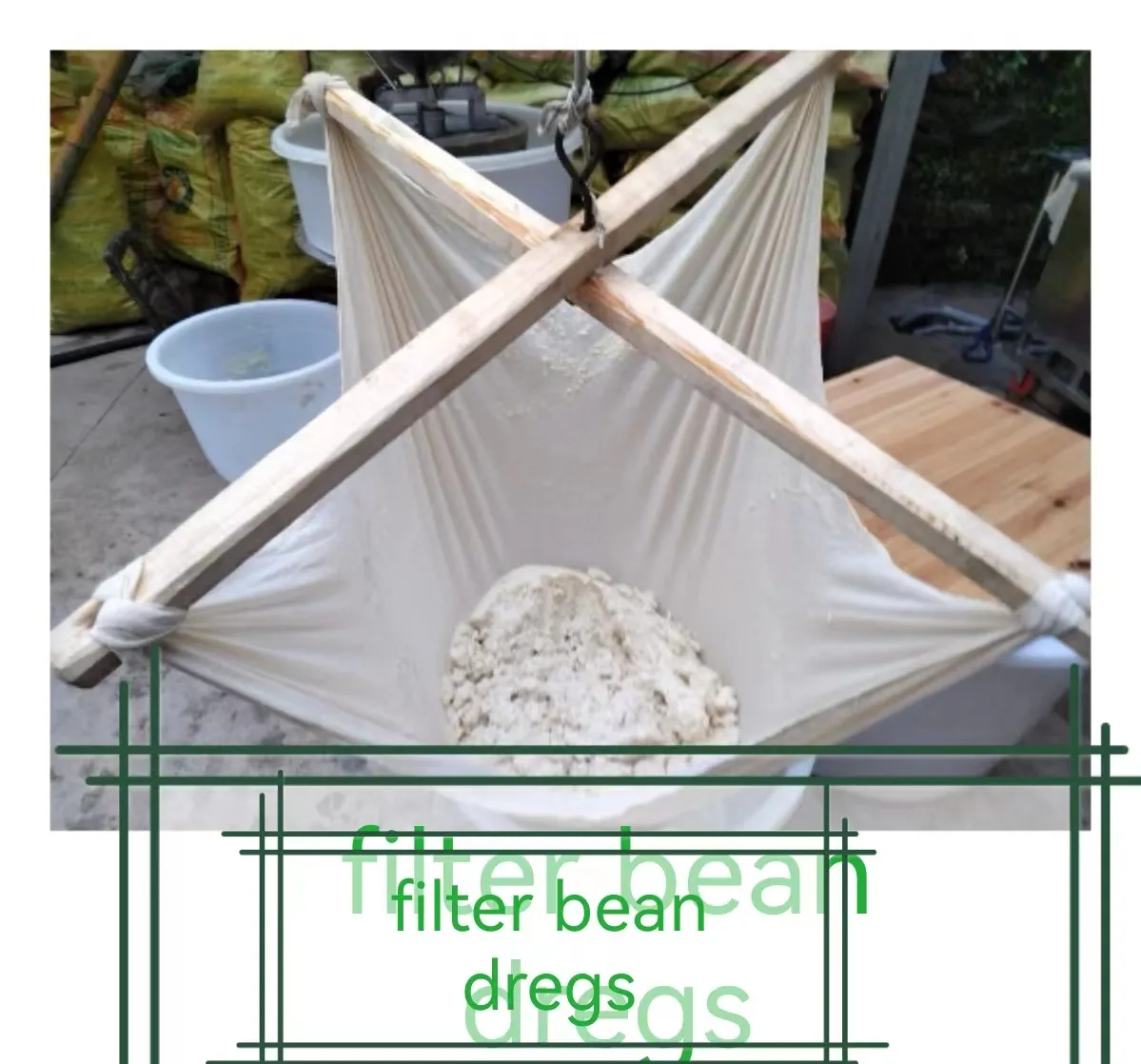-
 Afrikaans
Afrikaans -
 Albanian
Albanian -
 Amharic
Amharic -
 Arabic
Arabic -
 Armenian
Armenian -
 Azerbaijani
Azerbaijani -
 Basque
Basque -
 Belarusian
Belarusian -
 Bengali
Bengali -
 Bosnian
Bosnian -
 Bulgarian
Bulgarian -
 Catalan
Catalan -
 Cebuano
Cebuano -
 China
China -
 Corsican
Corsican -
 Croatian
Croatian -
 Czech
Czech -
 Danish
Danish -
 Dutch
Dutch -
 English
English -
 Esperanto
Esperanto -
 Estonian
Estonian -
 Finnish
Finnish -
 French
French -
 Frisian
Frisian -
 Galician
Galician -
 Georgian
Georgian -
 German
German -
 Greek
Greek -
 Gujarati
Gujarati -
 Haitian Creole
Haitian Creole -
 hausa
hausa -
 hawaiian
hawaiian -
 Hebrew
Hebrew -
 Hindi
Hindi -
 Miao
Miao -
 Hungarian
Hungarian -
 Icelandic
Icelandic -
 igbo
igbo -
 Indonesian
Indonesian -
 irish
irish -
 Italian
Italian -
 Japanese
Japanese -
 Javanese
Javanese -
 Kannada
Kannada -
 kazakh
kazakh -
 Khmer
Khmer -
 Rwandese
Rwandese -
 Korean
Korean -
 Kurdish
Kurdish -
 Kyrgyz
Kyrgyz -
 Lao
Lao -
 Latin
Latin -
 Latvian
Latvian -
 Lithuanian
Lithuanian -
 Luxembourgish
Luxembourgish -
 Macedonian
Macedonian -
 Malgashi
Malgashi -
 Malay
Malay -
 Malayalam
Malayalam -
 Maltese
Maltese -
 Maori
Maori -
 Marathi
Marathi -
 Mongolian
Mongolian -
 Myanmar
Myanmar -
 Nepali
Nepali -
 Norwegian
Norwegian -
 Norwegian
Norwegian -
 Occitan
Occitan -
 Pashto
Pashto -
 Persian
Persian -
 Polish
Polish -
 Portuguese
Portuguese -
 Punjabi
Punjabi -
 Romanian
Romanian -
 Russian
Russian -
 Samoan
Samoan -
 Scottish Gaelic
Scottish Gaelic -
 Serbian
Serbian -
 Sesotho
Sesotho -
 Shona
Shona -
 Sindhi
Sindhi -
 Sinhala
Sinhala -
 Slovak
Slovak -
 Slovenian
Slovenian -
 Somali
Somali -
 Spanish
Spanish -
 Sundanese
Sundanese -
 Swahili
Swahili -
 Swedish
Swedish -
 Tagalog
Tagalog -
 Tajik
Tajik -
 Tamil
Tamil -
 Tatar
Tatar -
 Telugu
Telugu -
 Thai
Thai -
 Turkish
Turkish -
 Turkmen
Turkmen -
 Ukrainian
Ukrainian -
 Urdu
Urdu -
 Uighur
Uighur -
 Uzbek
Uzbek -
 Vietnamese
Vietnamese -
 Welsh
Welsh -
 Bantu
Bantu -
 Yiddish
Yiddish -
 Yoruba
Yoruba -
 Zulu
Zulu
The Role of Steel Fibers in Enhancing Concrete Performance and Durability
The Importance of Steel Fibers in Concrete
Concrete is one of the most widely used construction materials in the world, celebrated for its compressive strength, durability, and versatility. However, it inherently has limitations, particularly in tensile strength and crack resistance. To address these shortcomings, the incorporation of steel fibers into concrete has emerged as a robust solution that enhances the material's overall performance.
Steel fibers are short, discrete lengths of steel, typically ranging from 0.5 to 2 inches, which can be randomly dispersed throughout the concrete mixture. Their primary function is to improve the mechanical properties of concrete, resulting in a composite material that exhibits enhanced toughness, ductility, and resistance to impact and fatigue. The presence of steel fibers distributes stress more evenly throughout the concrete, which can significantly reduce the formation and propagation of cracks under load.
The Importance of Steel Fibers in Concrete
Moreover, steel fibers contribute to the control of plastic shrinkage cracking. When freshly poured concrete dries, it contracts, and this can lead to cracks forming while the concrete is still setting. The inclusion of steel fibers can help mitigate these cracks by providing internal reinforcement that holds the concrete together during the drying process. This is particularly valuable in large surface areas where drying-induced cracking can be a significant issue.
steel fibers in concrete

In addition to crack reduction, SFRC also exhibits improved impact resistance. In applications such as industrial floors, where heavy machinery is frequently moved, the ability to withstand impact is crucial. The steel fibers absorb and dissipate energy, thus enhancing the durability of the concrete surface and minimizing damage from heavy loads or sudden impacts.
Furthermore, steel fibers can enhance the fatigue resistance of concrete. In structures subjected to repeated loading and unloading—such as bridges, parking garages, and airport runways—fatigue cracking can be a serious concern. The inclusion of steel fibers can effectively increase the fatigue life of concrete, ensuring long-lasting performance under cyclical loading conditions.
Another advantage of using steel fibers is their ability to facilitate the creation of thinner and lighter concrete sections. This innovation can lead to reductions in material costs, transportation expenses, and overall project weight, which is particularly advantageous in high-rise constructions or where load-bearing capacity is a concern. By optimizing the design and utilizing SFRC, engineers can develop more efficient and sustainable structures.
Despite the numerous advantages, the use of steel fibers in concrete does come with considerations. The proper selection of fiber type, aspect ratio, and dosage is crucial for maximizing benefits without compromising workability. The mixing, placing, and finishing of fiber-reinforced concrete can also require adjustments to conventional concrete practices.
In conclusion, the incorporation of steel fibers into concrete presents a formidable advancement in construction technology. By addressing the inherent weaknesses of traditional concrete, steel fibers enhance its mechanical properties, offering improvements in tensile strength, crack resistance, impact durability, and fatigue resistance. As the construction industry continues to evolve, the use of steel fibers is likely to become increasingly integral in the design of resilient and sustainable structures. Embracing this technology can lead to safer, more efficient construction practices, ultimately shaping the future of infrastructure development.
-
Why Nylon Mesh Netting is Revolutionizing Industrial and Commercial ApplicationsNewsJun.13,2025
-
Reinventing Reliability with Construction Wire MeshNewsJun.13,2025
-
Protect Your Crops with High-Performance Agricultural Netting SolutionsNewsJun.13,2025
-
Premium Breeding Net Solutions for Modern AquariumsNewsJun.13,2025
-
Precision Filtration Solutions for Industrial and Commercial NeedsNewsJun.13,2025
-
Advanced Industrial Mesh Solutions for Every ApplicationNewsJun.13,2025











